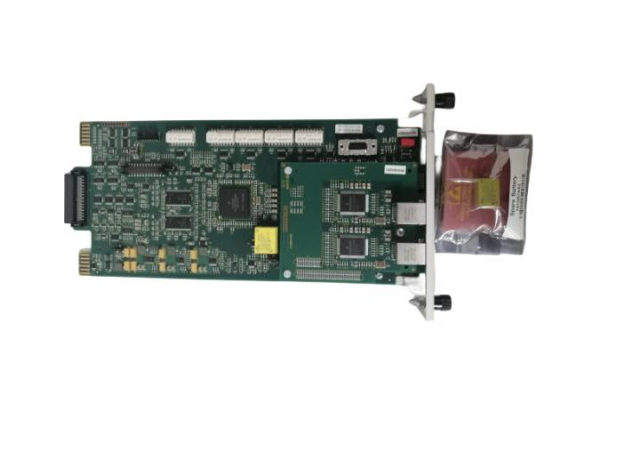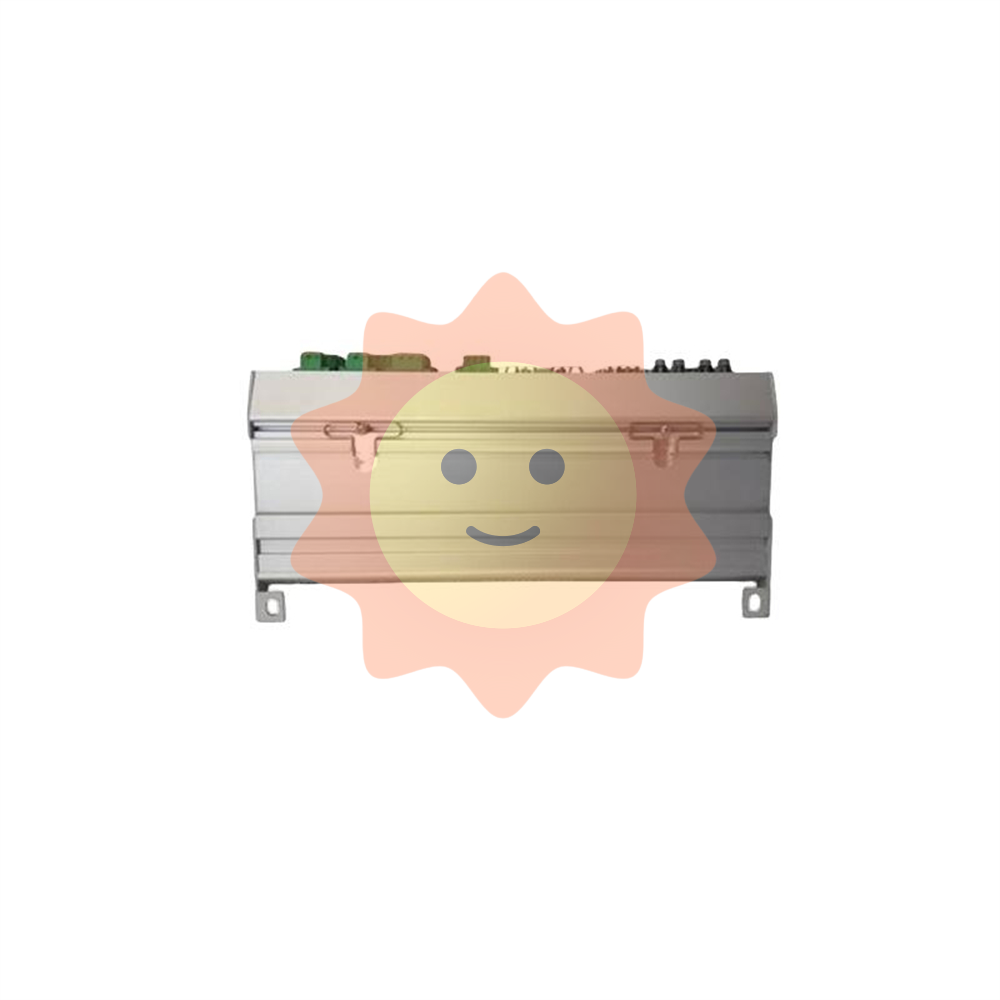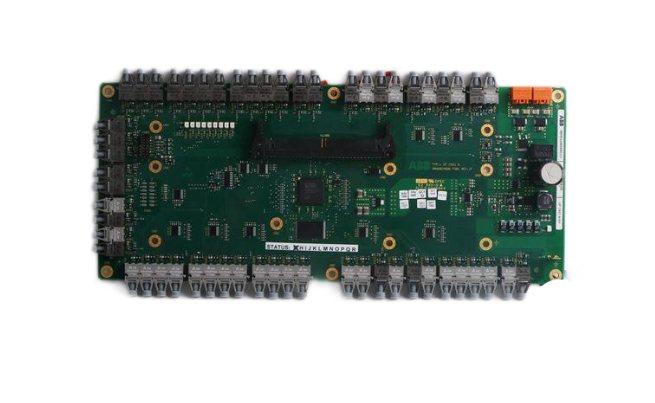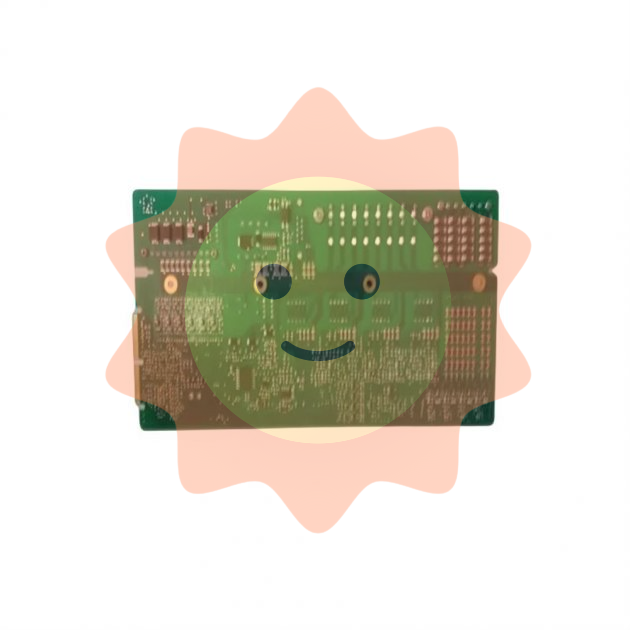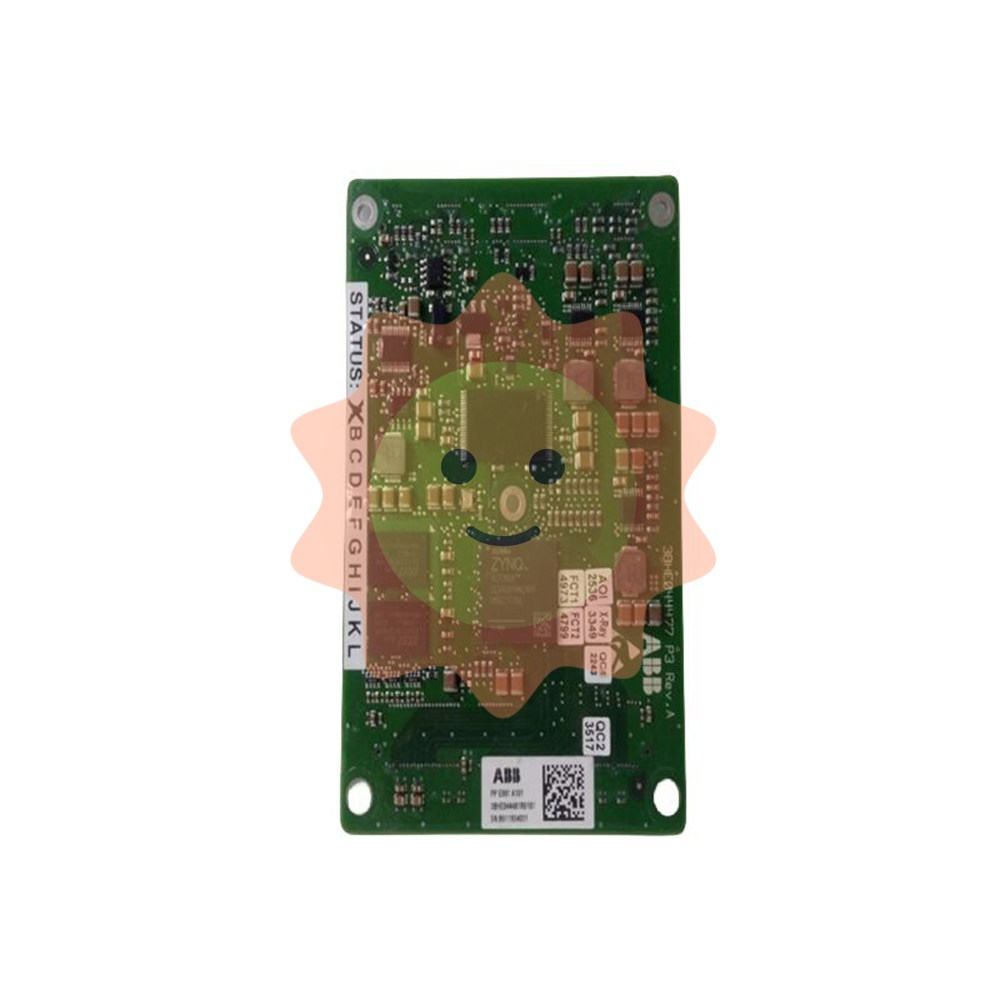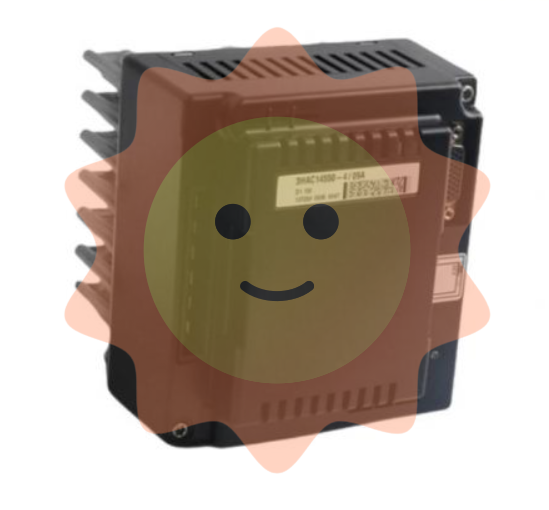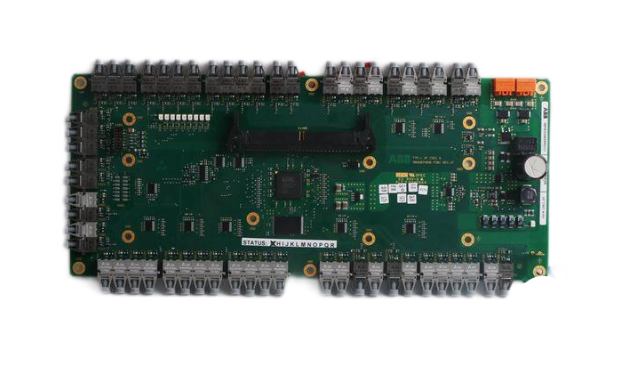What is the history of wastewater treatment technology?
1) Development of SBR method
As an improvement of the traditional activated sludge process, the SBR process has a wide application prospect. SBR method is short for sequencing batch batch activated sludge removal (also known as sequencing batch reactor), which is currently widely valued at home and abroad, research and application of a sewage biological treatment technology, especially with the development of advanced automatic control technology, the degree of automatic management of sewage treatment plants has been greatly improved. It provides more favorable conditions for the popularization and application of SBR activated sludge process.

In the design and operation of SBR process, according to different water quality conditions, use occasions and effluent requirements, there have been many new changes and developments, and many variations have been produced. Compared with traditional SBR, ICEAS adds a pre-reaction zone. Continuous water intake and intermittent drainage, but because the water intake affects the separation of mud and water during the precipitation period, the water quality is limited. The DAT-IAT process overcomes the shortcomings of ICEAS by changing the pre-reaction area into a pre-aeration tank DAT separate from the SBR reaction tank IAT. DAT is continuously injected and aerated, and the main batch reactor IAT is not affected by the influent during the precipitation stage, and the reflux from IAT to DAT is increased. However, DAT IAT can not achieve good results in the treatment of sewage containing biodegradable organic matter, while CASS process overcomes this shortcoming, and innovates the pre-reaction zone of ICEAS into a biological selector with smaller volume and more optimized and reasonable design. In addition, part of the residual sludge in the main reaction zone is returned to the selector without water in the precipitation stage. Therefore, the system is more stable and has good nitrogen and phosphorus removal effect. IDEA is also a development of CASS, which mainly changes the biological selector into a premix pool separate from the main SBR structure. However, the above processes can only achieve continuous water intake, and intermittent drainage. In order to overcome the disadvantage of intermittent drainage, UNITANK process integrates the advantages of SBR and three-ditch oxidation ditch, and the integrated design enables continuous water intake and continuous water discharge, and the sludge automatic reflux, which eliminates the need for sludge reflux equipment compared with CASS. However, the UNITANK process still has shortcomings such as low sludge concentration in the middle ditch and over-reliance on instrumentation. For example, once the inlet valve is damaged, the whole system cannot work. In order to overcome the shortcomings of the UN-TANK process, A new SBR system MSBR has been produced, which is essentially A/A/O process and SBR system in series, using a single tank multi-cell way, eliminating many valves and meters, increasing the sludge reflux and ensuring a high sludge concentration, with a good nitrogen and phosphorus removal effect. In recent years, many other SBR systems have also been studied deeply, such as anaerobic SBR, multistage SBR, etc., and have achieved good results. With the continuous progress of technology and in-depth research, more SBR variant processes will appear.

2) Development of oxidation ditch
Oxidation ditch is a modification of activated sludge method, and its aeration tank is a closed ditch type, in which the mixed liquid of sewage and activated sludge is constantly circulating, so it is also called "ring aeration tank" and "non-terminal aeration system".
The improvement and development of oxidation ditch process form is inseparable from the development and research of aeration equipment. In the late 1960s, DHV company in the Netherlands applied the vertical low-speed surface aerator to the oxidation ditch process, installed it at the end of the oxidation ditch center partition wall, and used the stirring driving force generated by it to circulate the water and increase the effective water depth of the oxidation ditch to 4.5m, which is the Carrousel oxidation ditch process, almost at the same time. Lecmple and Mandt applied the underwater aeration and push system to the oxidation ditch process for the first time, and developed the jet aeration oxidation ditch process, so that the effective water depth and width of the oxidation ditch are independent of each other, and its depth can reach 7~8m. In 1970, South Africa developed the turntable aerator and the Orbal oxidation ditch process appeared. In recent years, the Dutch DHV company launched a two-layer turbine vertical aerator; The German Passavant company developed a FRP reinforced rotary brush blade with strong corrosion resistance, high strength and small weight. USFilter Envirex has developed a vertical circulation flow reactor (VLR) oxidation ditch process that combines aeration spinning dish (pushing water flow) and crude bubble aeration.
At present, there are more and more companies and institutions researching and developing oxidation ditch technology and producing oxidation ditch noise gas equipment abroad, and oxidation ditch technology will be developed.
- EMERSON
- Honeywell
- CTI
- Rolls-Royce
- General Electric
- Woodward
- Yaskawa
- xYCOM
- Motorola
- Siemens
- Rockwell
- ABB
- B&R
- HIMA
- Construction site
- electricity
- Automobile market
- PLC
- DCS
- Motor drivers
- VSD
- Implications
- cement
- CO2
- CEM
- methane
- Artificial intelligence
- Titanic
- Solar energy
- Hydrogen fuel cell
- Hydrogen and fuel cells
- Hydrogen and oxygen fuel cells
- tyre
- Chemical fiber
- dynamo
- corpuscle
- Pulp and paper
- printing
- fossil
- FANUC
- Food and beverage
- Life science
- Sewage treatment
- Personal care
- electricity
- boats
- infrastructure
- Automobile industry
- metallurgy
- Nuclear power generation
- Geothermal power generation
- Water and wastewater
- Infrastructure construction
- Mine hazard
- steel
- papermaking
- Natural gas industry
- Infrastructure construction
- Power and energy
- Rubber and plastic
- Renewable energy
- pharmacy
- mining
- Plastic industry
- Schneider
- Kongsberg
- NI
- Wind energy
- International petroleum
- International new energy network
- gas
- WATLOW
- ProSoft
- SEW
- wind
- ADVANCED
- Reliance
- YOKOGAWA
- TRICONEX
- FOXBORO
- METSO
- MAN
- Advantest
- ADVANCED
- ALSTOM
- Control Wave
- AB
- AMAT
- STUDER
- KONGSBERG
- MOTOROLA
- DANAHER MOTION
- Bently
- Galil
- EATON
- MOLEX
- Triconex
- DEIF
- B&W
- ZYGO
- Aerotech
- DANFOSS
- KOLLMORGEN
- Beijer
- Endress+Hauser
- MOOG
- KB
- Moxa
- Rexroth


Email:wang@kongjiangauto.com


